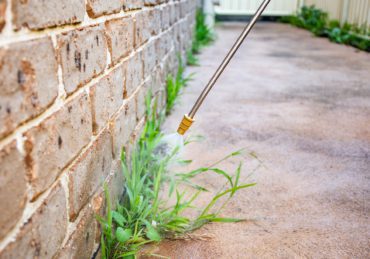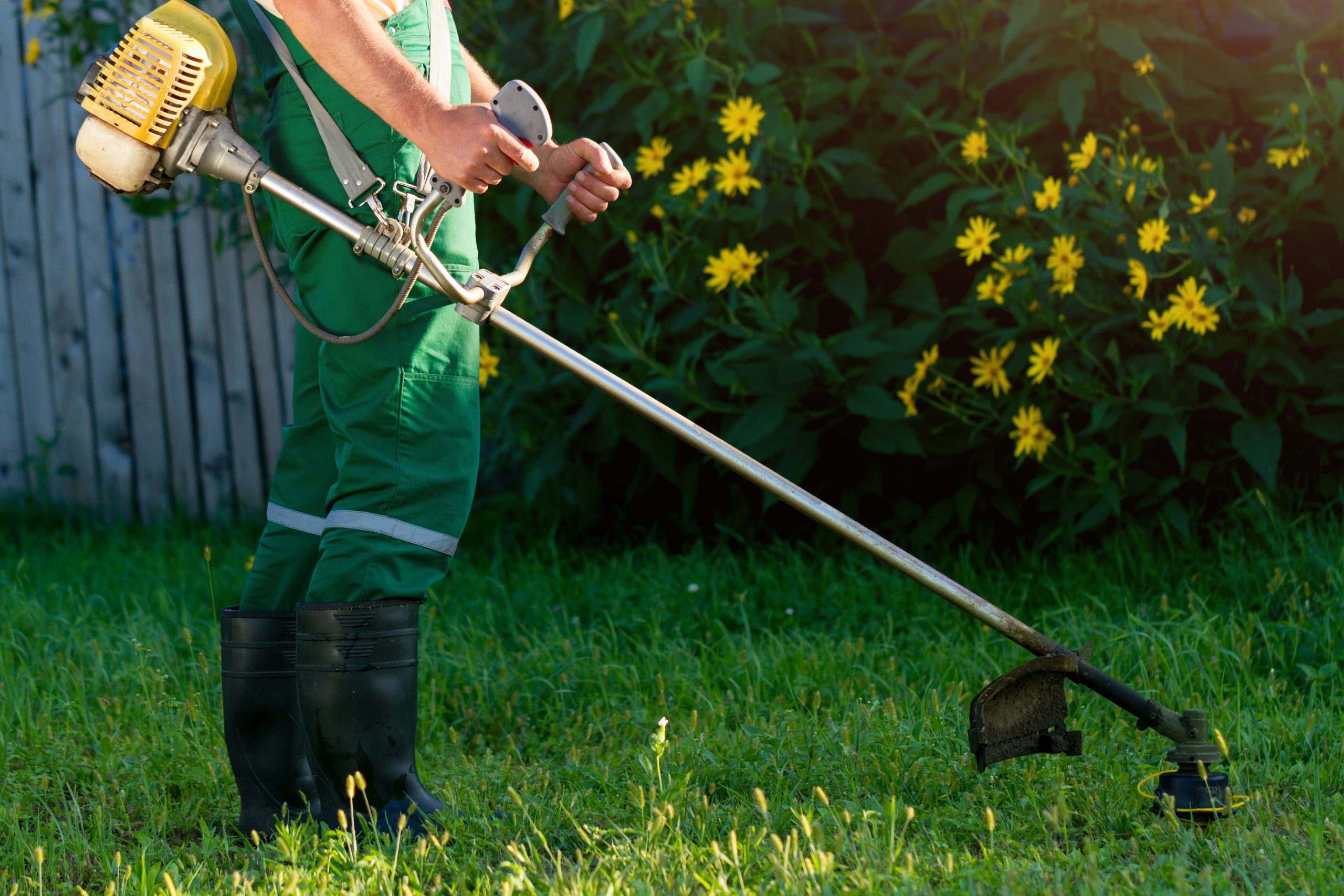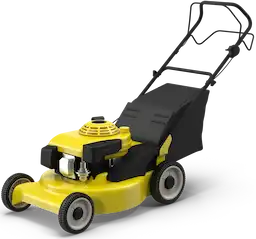Your grass might look green enough from a distance, but if it’s patchy, bumpy, or thinning out, that’s what brings most folks here searching for answers. Top dressing a lawn can absolutely improve your turf’s health, but it’s not a cure-all, and it’s not as simple as dumping a pile of soil and calling it a day.
We’ve been helping homeowners improve lawn performance for over a decade. From compacted clay backyards to high-traffic fescue lawns, we’ve seen where top dressing makes a difference, and where it flops.
You’ll leave here knowing:
- What top dressing does (and doesn’t) fix
- How to do it right for your soil type and grass
- When to top dress for best results
- What it’ll cost in time, labor, and materials
Not Every Lawn Needs Top Dressing
We’ve watched folks spend an entire weekend and a couple hundred bucks chasing greener grass with the wrong material or bad timing. And then… nothing changes.
Reality check: If your lawn has thick thatch, steep slopes, or already drains poorly, top dressing can backfire. You’ll smother grass, trap moisture, and possibly trigger fungus.
Note: DIYers often spread material too thick or too uneven. Anything over ¼ inch can suffocate grass, especially for cool-season types like Kentucky bluegrass.
Warning: Top dressing won’t fix deep dips or major grade issues. That’s lawn leveling, and it’s a separate (heavier) job.
Reality check: Sandy soils drain fast, too fast. Adding more sandy loam might make things worse. Compost-based dressing works better in those yards by holding moisture and nutrients.
What is lawn top dressing, and what does it actually do?
A light layer with long-term effects
Top dressing means applying a thin layer, typically ⅛–¼ inch, of material over your existing grass. The goal is to improve soil health, encourage thicker growth, and gradually smooth out the lawn’s surface.
Depending on your region and goals, that material could be:
- Compost (great for adding nutrients in clay or depleted soils)
- Topsoil (a blend of sand and loam for general leveling)
- Sand (used mostly on warm-season lawns or sports fields with heavy foot traffic)
It’s not mulch and it’s not fill dirt
Warning: Don’t confuse top dressing with mulching or using bulk “fill” from a landscape yard. If the material isn’t screened or tailored to turfgrass, you’ll end up with weeds, rocks, or worse, soil that locks up nutrients.
When is the best time to top dress your lawn?
Match the timing to your grass type
Cool-season lawns (like fescue, ryegrass, bluegrass) should be top dressed in early fall, ideally September, when temps cool but the grass is still actively growing.
Warm-season lawns (like Bermuda, Zoysia, St. Augustine) are best treated in late spring to early summer, when the grass is fully awake and pushing new growth.
Note: Never top dress dormant grass. You won’t get the growth response needed to recover from the stress.
Avoid rain or extreme heat
Pro tip: Wait for a dry forecast. Heavy rain after top dressing can wash material into low spots or clog your lawn’s drainage.
Warning: Applying top dressing in high heat (over 85°F) can scorch the grass, especially if the layer traps surface heat or moisture.
How much material do you need per 1,000 sq ft?
Here’s the math most folks skip.
- ¼ inch deep layer = 0.75 cubic yards per 1,000 sq ft
- ⅛ inch layer = 0.375 cubic yards per 1,000 sq ft
Pro tip: For a 5,000 sq ft lawn using ¼ inch compost, you’ll need about 3.75 cubic yards, which is roughly one full truckload.
How much does top dressing a lawn cost in 2025?
DIY material and rental costs
In most areas, expect:
- Compost/topsoil blend: $35–$55 per cubic yard
- Delivery fee: $60–$100 depending on distance
- Rental spreader or wheelbarrow + rake setup: $30–$70 per day
So for a mid-size yard, plan on $250–$400 in total DIY costs.
Hiring a lawn pro
In 2024–2025, professional top dressing services typically run $0.10–$0.25 per sq ft, depending on:
- Lawn size and access
- Type of material used
- Whether seeding is included
For a 5,000 sq ft lawn, that’s $500–$1,250.
Reality check: Some companies charge extra for compost-based mixes or include aeration and overseeding as a package.
Is top dressing worth it for your lawn?
Consider your soil, slope, and goals
If your lawn is:
- Clay-heavy with poor drainage → compost helps loosen the structure
- Sandy and dries fast → organic top dressing improves moisture retention
- Thin or patchy → top dressing + overseeding boosts thickness
- Lumpy → minor smoothing works gradually over multiple applications
Warning: Lawns with grub issues, active fungus, or drainage problems should be treated first, don’t trap trouble under a fresh layer of soil.
Pro tip: Do a simple soil test first. It’ll tell you if you’re throwing money at a nutrient problem that needs fertilizer instead.
What about top dressing after aeration or seeding?
Yes, these are often paired for better results.
Pro tip: After core aeration, top dressing helps fill holes and keeps nutrients near the roots. But only if the cores break down and you’re not burying the grass.
Note: If you’re overseeding, always apply seed first, then top dress lightly to protect and anchor the seed without blocking sunlight.
Reality check: It’s easy to overdo it. That’s why some homeowners spread seed and topsoil, then wonder why nothing sprouts, too much material suffocates both.
How LawnGuru pros handle it
We’ve seen homeowners get halfway through top dressing and realize they don’t have enough material, the yard’s not level, or the rake’s doing more harm than good.
With LawnGuru, you can:
- Book lawn pros who already work your neighborhood
- Get real-time updates when they’re en route
- Choose compost-based top dressing or a blended mix
- Add overseeding or aeration as needed
Unlike bulk landscapers, we price upfront by the square foot, no in-person estimates, no hidden dump fees.
FAQs About Lawn Top Dressing
What is top dressing a lawn used for?
Top dressing smooths bumps, adds nutrients, improves drainage, and thickens grass. It’s a gradual fix, not a one-time miracle. Best results come when paired with aeration or overseeding during active growth months.
How often should you top dress your lawn?
Once every 1–2 years is plenty. More than that can lead to layering, which blocks air and water from reaching the roots. If you’re doing it to improve soil, space it out.
Does top dressing help with lawn leveling?
Slightly, but not all at once. Top dressing fixes minor bumps over time. If you’ve got deep ruts or water pooling areas, you’ll need lawn leveling, which involves more material and grading.
Can I use topsoil to top dress?
Only if it’s screened and matched to your existing soil texture. Random fill dirt or bargain-bin blends can cause more problems than they solve, especially with drainage and weed seeds.
Think it through before you top dress
Top dressing works, but only when matched to the right season, soil, and strategy. It’s not a weekend chore you can rush. And it’s definitely not one-size-fits-all.
If you’re dealing with compacted soil, thin grass, or lumpy turf, it’s a strong tool to add to the mix, but only when the timing and technique line up.
LawnGuru makes it easier to schedule expert help with zero guesswork. From compost delivery to lawn-friendly topsoil blends, we handle the heavy lifting while you get your Saturdays back.
The smart play? Know what your lawn needs, then treat it, don’t bury it.





